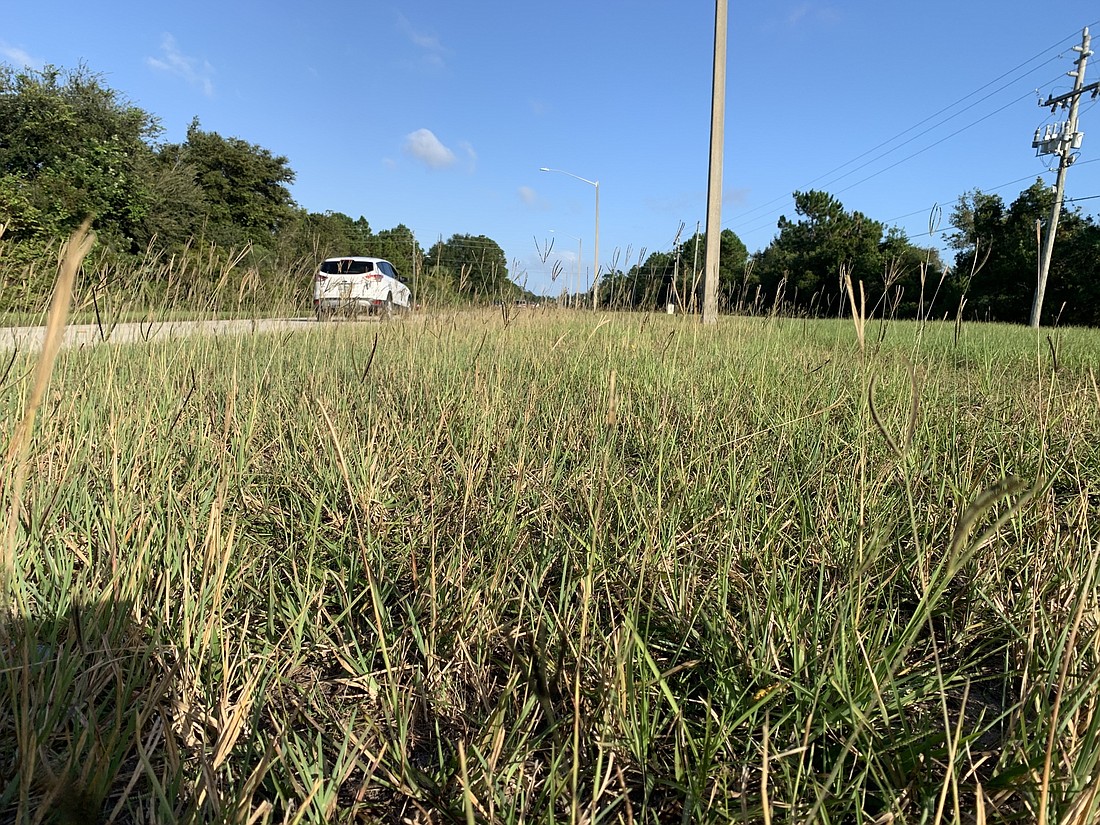- April 23, 2024
-
-
Loading

Loading

In a recent meeting with city staff, I was told some striking statistics that identify an opportunity to rethink how the Public Works Department approaches the mowing of grass in neighborhoods. The result could be a savings of more than $400,000 per year to Palm Coast taxpayers.
According to Public Works Director Matt Mancill and Neighborhood Mowing Crew Leader Marvin Calderon, the rights of way along major roads like Matanzas Woods Parkway and Royal Palms Parkway are only mowed every four to six weeks. That means that throughout the summer, the grass is knee high for more than a month at a time in those areas.
If a resident’s grass were only mowed once a month, Code Enforcement would be knocking on the front door. And that irony is not lost on Mancill.
“We should be maintaining the city properties in the same way that we expect our citizens to maintain theirs,” he said. “But it is a resource issue.”
Calderon’s crew of 15 people mows 679 acres of right of way on a rotating basis. That already sounds like a lot, and if that’s all they had to do, this wouldn't be an issue. But rights of way are only a small portion of their duties.
Every month or two, on a rotating basis, the crew also mows the swales in front of an astounding number of residential vacant lots scattered around the city: more than 17,000.
Why? Because if the swales get overgrown, the neighbors’ lines of sight can be compromised. Also, snakes and other critters love that tall grass. Moreover, the swales need to be maintained so that they will convey rain water the way they’re supposed to. So is it a public good to mow the swales? Sure.
But at what cost? And who should pay?
According to Mancill, those swales take up to 85% of Calderon’s crew’s time. That crew earns a combined salary of $470,000. So that means, very conservatively, it costs about $400,000 for the city to mow the swales of vacant lots. (That's not including the cost of the equipment and maintenance.)
Your next question might be the same one I asked: If I have to mow my own swale, why am I paying taxes to mow the swales in vacant lots? Someone owns those vacant lots, so why don’t they pay for it?
According to city staff, they don’t pay for it.
That needs to change.
I propose that the 17,000 owners of vacant lots be assessed a yearly amount that would cover the cost of their swale maintenance. That comes to less than $25 per year. Try getting a lawn care service to match that. I talked to two of them; one said he’d charge $50 per month ($600) per year. The other one said he’d decline the work; not worth the trouble. Sounds like having the city do it is a great deal for the vacant land owner.
What would the city do with that extra $400,000 in the Public Works budget? If we really care about having our neighborhood rights of way maintained to the level at which we expect our lawns to be maintained, we should then hire another 10 people and get to work.
Or, that $400,000 could be solution to fund the Public Works facility expansion and upgrades.
Or, we could give that $400,000 back in the form of lower taxes. Hmmm ...
Email Brian McMillan at [email protected].